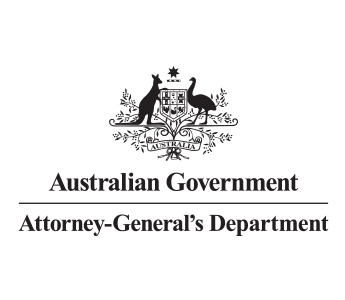Complaints handling
Summary
Allow clients, staff and third parties to lodge complaints about actions or decisions they disagree with. This may identify fraud or corruption as a cause for complaints, such as a failure to receive an expected payment.
Why this countermeasure matters
Having no clear process for making complaints may lead to:
- disgruntled staff, clients or third parties – this can motivate them to commit reckless fraud or allow them to rationalise fraudulent or corrupt behaviour
- fraud or corrupt activity going unnoticed or unchallenged
- delays in investigations and responses
- unknown systemic fraud or corruption.
How you might apply this countermeasure
Some ways to implement this countermeasure include:
- allowing clients, staff and external parties to make complaints or raise concerns about:
- issues with payments, such as unexpected delays
- issues they experience with services
- the conduct or operations of service providers or other third parties
- a procurement outcome
- a recruitment outcome
- the conduct of others in the workplace.
- training staff to look for fraud and corruption, such as cartel behaviour, when reviewing complaints
- creating a complaints management strategy that outlines how to resolve a complaint and provide feedback to the person who made the complaint.
How to check if your countermeasures are effective
Here are some ways to measure the effectiveness of this type of countermeasure:
- confirm that clients, staff or third parties would be able to notice changes that are different from what is standard, normal, or expected
- measure how long it would take to receive a complaint and respond to potential fraud
- confirm that a consistent process exists for making/handling complaints
- confirm the process for making complaints is easy to locate and to use (increasing the likelihood complaints are received and acted upon)
- confirm the options for lodging complaints are clearly communicated like providing a dedicated phone number
- confirm that complaints are adequately investigated
- confirm that clear processes exist for referring cases of potential fraud for investigation.
Related countermeasures
Adequately resourced prevention and compliance areas enable entities to perform effective countermeasures.
Conduct quality assurance activities to confirm that processes are being followed correctly and to a high standard and/or that material or goods are what they are claimed to be.
Quality assurance checks not only improve processing standards, they can also detect potentially fraudulent activity and are a significant deterrent to fraud.
Automatically notify clients or staff about high-risk events or transactions. This can alert them to potential fraud and avoid delays in investigating and responding to fraud.
Put in place processes for staff or external parties to lodge tip-offs or Public Interest Disclosures.
Report on incidents or breaches to help identify if further investigation is required. Clients, public officials or contractors can take advantage of a lack of reporting and transparency to commit fraud, act corruptly and avoid exposure.


